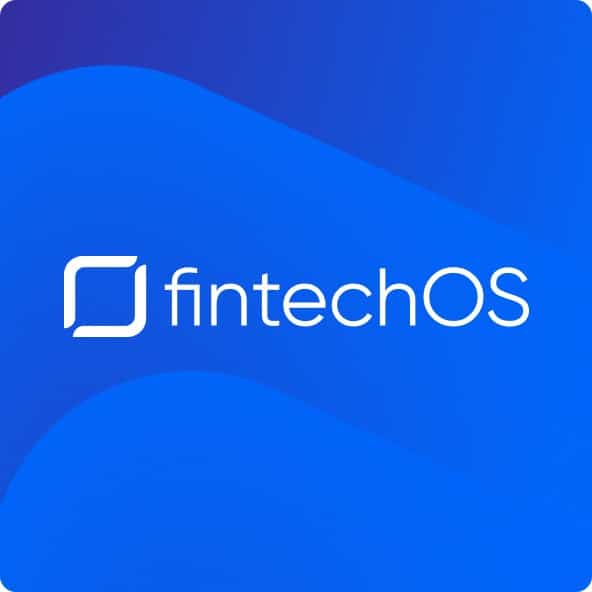Digital makers are the true financial services innovators, creating the market-breaking products consumers are demanding. We explain how you can use low-code interfaces to empower digital makers and grow your share of wallet.
Financial services companies are becoming too big and too complex. We’ve spoken before about established banks and insurers feeling like financial supertankers. Altering their course and strategy can take an eternity. Meanwhile, startups and disruptors are zigzagging around them like speedboats.
What we mean by this is that established financial services companies were mostly formed 50 to 100 years ago, if not longer. When computers first became available for enterprise, there was doubt whether they’d be around for the long term. No one even imagined the constant iteration of digital services we have today.
They’re simply no longer fit for purpose. Certainly, your digital makers need better, low-code tools.
Digital makers are working with outdated tools
Core banking and insurance systems were built on 1960s technology. They weren’t initially intended to be upgraded or replaced, and using that technology to offer innovative, high-tech, cloud-based financial services products is essentially impossible.
Meanwhile, startup disruptors like Klarna, Revolut, and Lemonade are using core technology that is only a few years old. They’re building artificially intelligent (AI) tools and innovative data-driven products. It’s hard to dispute that these companies are doing amazing things, but they might also just be flashes in the pan.
Established banks and insurers find it harder to flex and adapt to the needs of the market and consumer demand. However, they have the resources, cash, and reputation to simply keep going as long as they need to.
Nimbler startups benefit from agility. Yet, they have nothing to fall back on when things go wrong, so must succeed and continue to succeed to survive. On the other hand, they only need to fail once, and they’re out of business.
While your financial supertanker can survive any storm, a high wind will see the nimble speedboats flee for shore. Klarna recently announced a spate of redundancies, anticipating a coming UK recession.
The future’s still bright for incumbents
Things are not so bleak for established players. It would, however, still be nice to be as agile and nimble as the neobanks and insurtech disruptors… That’s where digital makers come in.
Imagine yourself on the bridge, captaining your financial services super-tanker. From there, you can see your very own little speedboat running races with the others. You can have your very own agile startup taking advantage of the same markets but with the full resources and backing of your established juggernaut company. It’s the best of both worlds.
To do that, all you need to do is empower a small team of your most innovative people with the technology that fintech and insurtechs are exploiting, then watch them go. They are free to experiment and fail fast, bringing back the profits and the learnings to your firm.
We call these people: digital makers.
Digital makers: the two-pizza team
Jeff Bezos, Amazon’s founder, talks about the fabled “two-pizza team”:
We try to create teams that are no larger than can be fed by two pizzas. We call that the two-pizza team rule.
Jeffrey Bezos, Amazon founder
Essentially, Amazon works on the principle that nothing will be accomplished by any team larger than could be fed by two pizzas. If two pizzas leave your team hungry, then there is too much complexity and too much red tape.
This may sound innovative, but the very idea of small, agile, “Agile” teams has been around for over 20 years. The Agile Manifesto for software development was published in 2001, and everyone, from Spotify to Barclays, has followed this framework.
Yet, small teams of digital makers must have all the capabilities they need to achieve results. You may have your efficient squad with a vision, but to succeed, they need technical support to create products in systems, security advisory, data scientists to confirm their theories, and on and on. Suddenly, the team does not look so small and agile.
This is where technology comes in to be the great enabler.
Technology enables digital makers
Technology can empower your digital makers to build innovative products themselves using low-code interfaces without advanced coding knowledge. A great platform comes with built-in security. The right platform can serve up all the data your people need from any source, within and outside your organization.
Technology can become the missing team members your digital makers need to create the future of financial services, allowing the actual humans to stay low in numbers and agile in capability. Not to mention, technology takes on the hard, boring work and allows your people to focus on creativity and problem-solving.
Technology makes digital makers the new heroes of the financial services world.
Where FintechOS comes in
The FintechOS platform is designed to empower small teams of digital makers with the tools they need to accomplish amazing things quickly.
The people on your team who always have great product ideas can now sit down in a room and build a product in our Innovation Studio. They can then launch it themselves without technical support, and you can find yourself following market demand wherever it goes, whenever it changes course.
All these new products will be linked to your real-time customer data and fully equipped with the latest AI tools and omnichannel features. They will also be automatically compliant with regulations and fully secured.
Everything your team of digital makers needs to create innovative financial products and services quickly is provided so they can concentrate on creation. Conveniently, this also frees up your technical teams for larger, long-term projects, like updating your core infrastructure and replacing outdated tech.
To find out more about our platform, book a demo.

FintechOS FintechOS is the global leader in fintech enablement, on a mission to make fintech innovation available to every company. As the world grows increasingly complex, FintechOS strives to simplify and accelerate financial technology so anyone can build, launch, service, and expand new products in weeks, not months or years. The FintechOS platform empowers banks, credit unions, and insurers of any size to grow revenue, lower operating costs, and achieve a faster time to value without dependency on core infrastructure and costly tech talent. Headquartered in New York and London, FintechOS has partnered with some of the world’s best brands, including Groupe Société Générale, Admiral Group, Oney, eMag, Deloitte, EY, and PWC.






